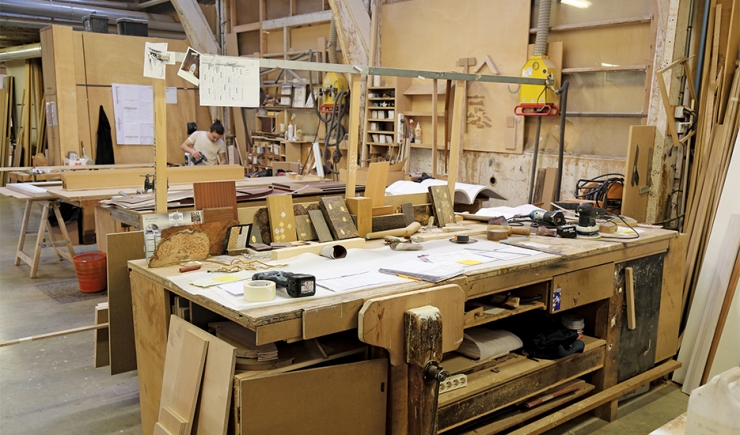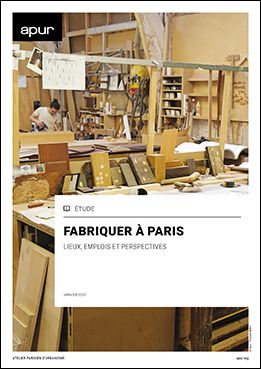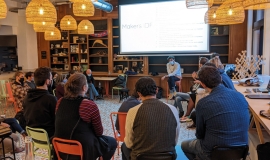Places, sectors of activity and prospects for manufacturing in Paris.

From the 1840s to the post-war period Paris was the industrial capital of the world, with an age-old manufacturing tradition. Since the 1950s the economy has become increasingly based on the services sector and production in Paris today, is for the most part, carried out by luxury craftsmanship sectors (fashion, jewellery, interior & exterior design…) as well as graphic design and printing professions. This represents around 30,000 jobs devoted exclusively to manufacturing. 30% of the region’s manufacturing jobs are concentrated within Paris, all sectors included, with a higher percentage of sectors of excellence: 50% in the fashion and ready to wear sector, 60% in the sector of graphic design and printing.
As early as the 1980s the City of Paris began establishing industrial activity premises to encourage the development of production and put in place a supportive policy which promotes and makes it possible to preserve the place of industry and craftsmanship in Paris. As a result there are forty or so industrial activity premises in Paris which occupy a surface area of 275,000m² floor space, 600 companies which accommodate half the jobs of the so called “industrial or production sectors”, which represent nearly 11,000 jobs.
In the 2000s, other measures were carried out to encourage production activities: “GIE Paris-Commerces”, “PIA Fab”, “ParisFabrik”, the creation in 2017 of the label “Fabriqué à Paris” (Made in Paris). Numerous projects were instigated to promote production activities: 49 sites within Paris proper will accommodate them by 2025, such as the future Chanel workshops (19th district) the Serpollet building (20th) and the Berlier building (13th) which is undergoing renovation.
Manufacturing in Paris, has both incomparable advantages and extreme limitations: an exceptional visibility, short supply chains but very expensive real estate, limited storage possibilities and complex logistics which require inventive solutions and new production models to be found.
The optimisation of existing premises, accompaniment of key players and support in the offer of suitable premises particularly in property being built and favourable urbanism regulations are all levers which need to be mobilised so as to ensure the continuation and to secure the sustainability of a dynamic system which remains nevertheless fragile.




